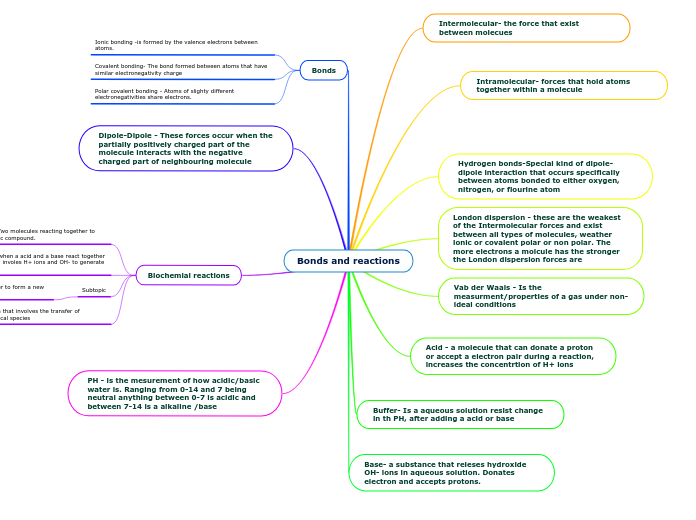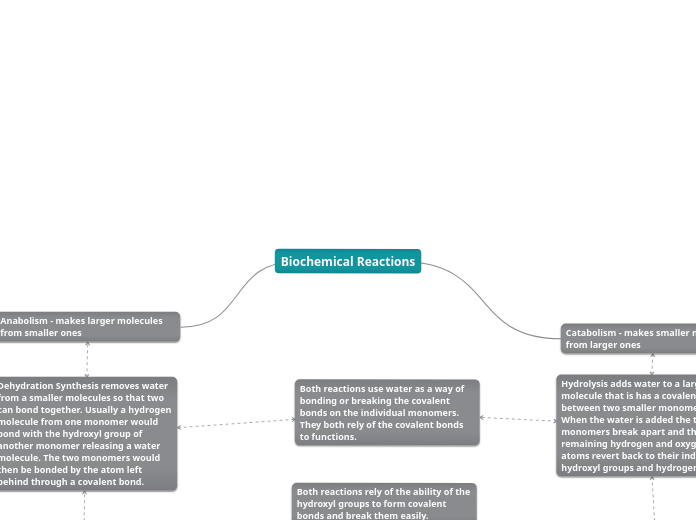par Angelina Kieu Il y a 4 années
183
1.1
The fundamental concepts of chemistry essential to life revolve around the formation and interaction of various chemical bonds and reactions. Covalent bonds arise when atoms share pairs of valence electrons, with electronegativity determining an atom’









